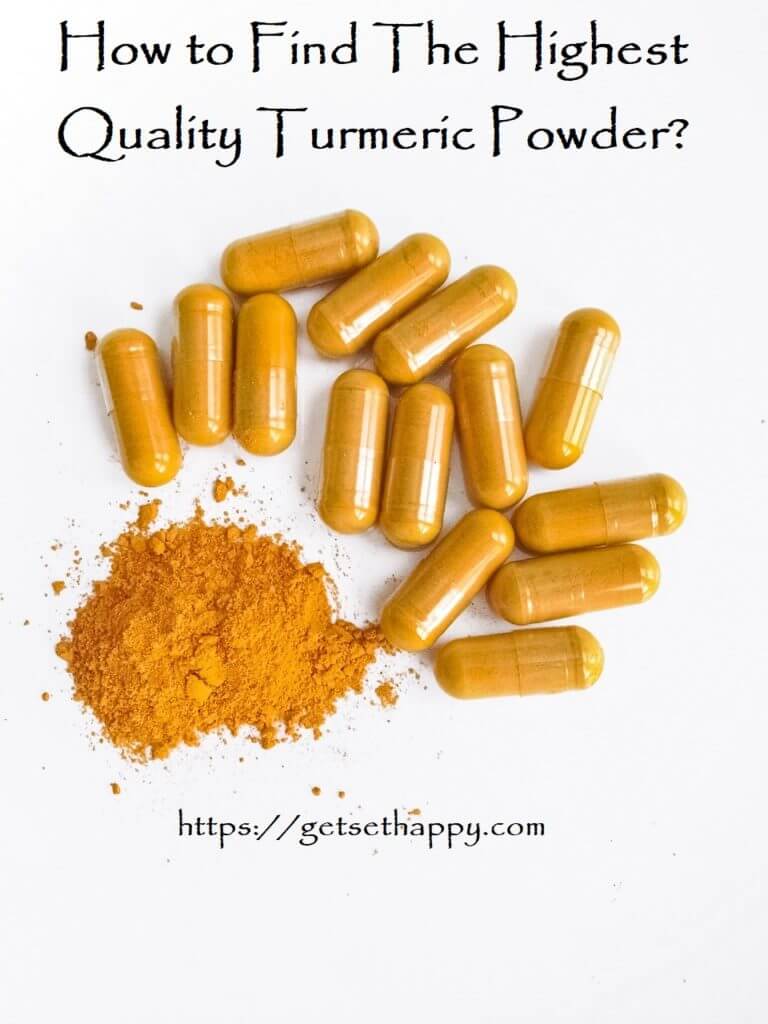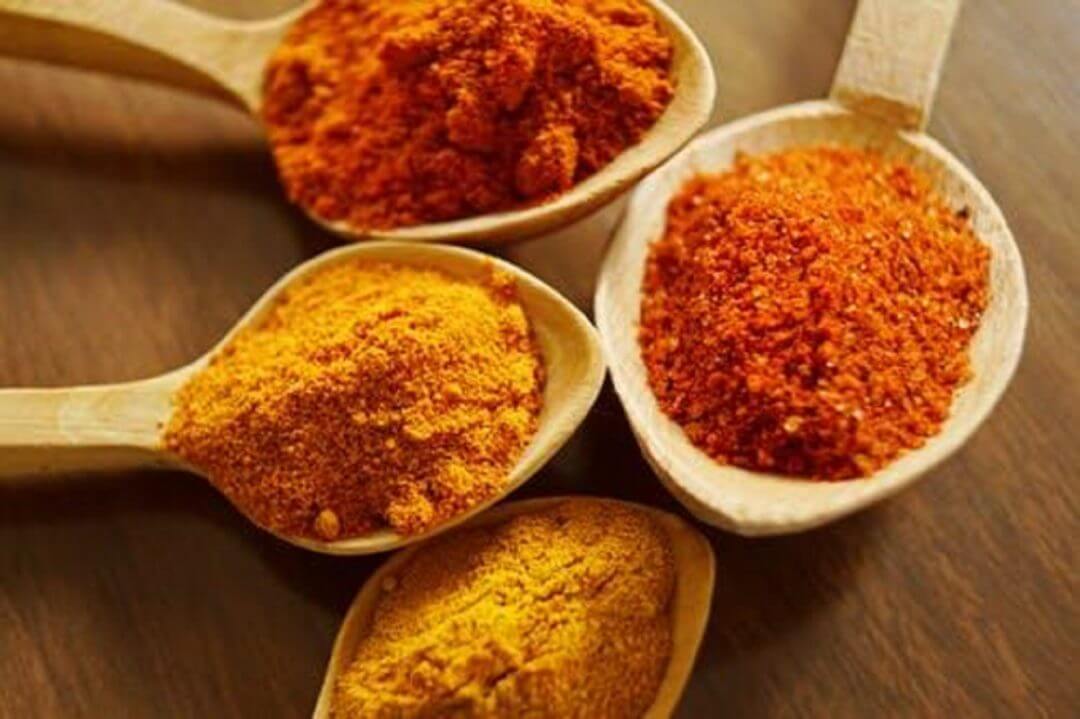By now, you would have surely heard about the most potent spice called turmeric. It is one of those ingredients that give curries their bright yellow colour. While the powder is made using dried and powdered roots; the raw version is consumed by grating it into fine, liquid-rich shreds. It is long used in Eastern medicine for its numerous health benefits.
Today, you can confidently order turmeric powder, thanks to its versatile use and reliable online stores. From smoothies, soups, salads, and teas, turmeric powder takes centre stage in the world of spices.
Difference between Fresh and Dried Turmeric
Fresh turmeric is often termed as roots and is closely related to ginger. It has bright orange flesh and tastes peppery, earthy, and slightly bitter. Whereas, dried turmeric, is made by peeling, boiling and drying the rhizomes. They are then ground and sold in powdered form. It has a livelier flavour and provides the necessary warmth and colour to the dishes.
Flavour of Turmeric
Turmeric, in general, is known to carry a pungent odour. You can best describe turmeric’s flavour to be like peppery like horseradish or mustard along with a pinch of ginger flavour. Sometimes, turmeric is added to dishes more so for its colour than the flavour. It is even used as a substitute for saffron, although it adds some bitterness that may not be desired.
Adulteration in Turmeric Powder
Innumerable medicinal properties and mouth-watering deliciousness have made turmeric the most in-demand spice in the market today. As such, the problems of adulterated turmeric are affecting millions of customers across the globe. Thus, How to Find The Highest Quality Turmeric Powder, is a big question.
Here are some precautions to take while you order turmeric powder.

The Colour Test
A sure shot way to check the genuineness of turmeric powder is to inspect the physical and visual appearance. Buying from reputed online stores will lessen the possibility of ending up with low-quality turmeric powder. High-quality turmeric powder has a colour that ranges from being deep orange to bright yellow. Should you find the powder to be in a dull yellow shade, chances are it is of poor quality.
The Palm Test
Take a pinch of turmeric powder in your left hand and rub it for a few seconds with your right thumb. Pure turmeric powder will stick to the palm and leave behind a bright orange tint. This powder must stick on to your palm even when you tilt it perpendicular to the ground. If the majority of the powder falls to the ground, adulterants like chalk may be present in turmeric.
Water Test
Combine a level teaspoon of turmeric powder into a glass of warm water. Do not stir, but let the mixture stand for about 15 to 20 minutes. Pure turmeric settles at the bottom, and the water will be clear. The presence of adulterants will make the water clouded with these impurities.
The Smell Test
High-quality turmeric powder has a distinct yet earthy and mild aroma. You must be able to identify a gingery and orangey scent. Impure turmeric, will not give out any such odour. It will instead have an utterly indistinct smell that fades the real flavour of turmeric. This is attributed to the presence of adulterants like cornflour or talc.
Chemical and Microscopic Tests for Turmeric
These tests involve using a microscope, acids, and water for detecting the presence of impurities in turmeric.
Test To Detect Metanil Yellow
One of the commonest impurities found in turmeric is Metanil yellow, a synthetic dye. It contains benzene and Sulphur and is not permitted to use as additives for foods. You can check for its presence by adding a few drops of hydrochloric acid to a pinch of turmeric powder. The colour automatically turns pink. If, the pink colour disappears upon adding water, it implies the presence of Metanil Yellow.
Test for Chalk Powder
Add in a few drops of water to a teaspoon of turmeric powder in a test tube. Follow this with a few drops of hydrochloric acid. Should you notice any effervescence; then you can confirm the presence of chalk powder adulterant.
Test for Yellow Lead Salt
It is possible to detect yellow oxides of lead by adding a few drops of hydrochloric acid to a pinch of turmeric powder. The presence of impurities will make the turmeric turn magenta.
Test for Starch
The presence of starch can be of maize, rice, cassava, or tapioca. Testing turmeric for starch needs it to be placed under a microscope. While, Turmeric particles tend to be yellow, angular, and larger, Starch particles are rounded, pale white, and smaller.
Turmeric is one of the spices that hold plenty of medicinal and nutritional benefits to humankind. Yet, it is not free from contamination, thanks to the rising market demand and low supplies. Irrespective of its type, turmeric can be tested at home for impurities. Make these tests to ensure you are providing only the best quality turmeric for your family.






1 Comment
Nadine
January 15, 2020 at 3:31 amThis is really interesting and very helpful. I actually just thought all turmeric was the same. Thanks for the great advice.